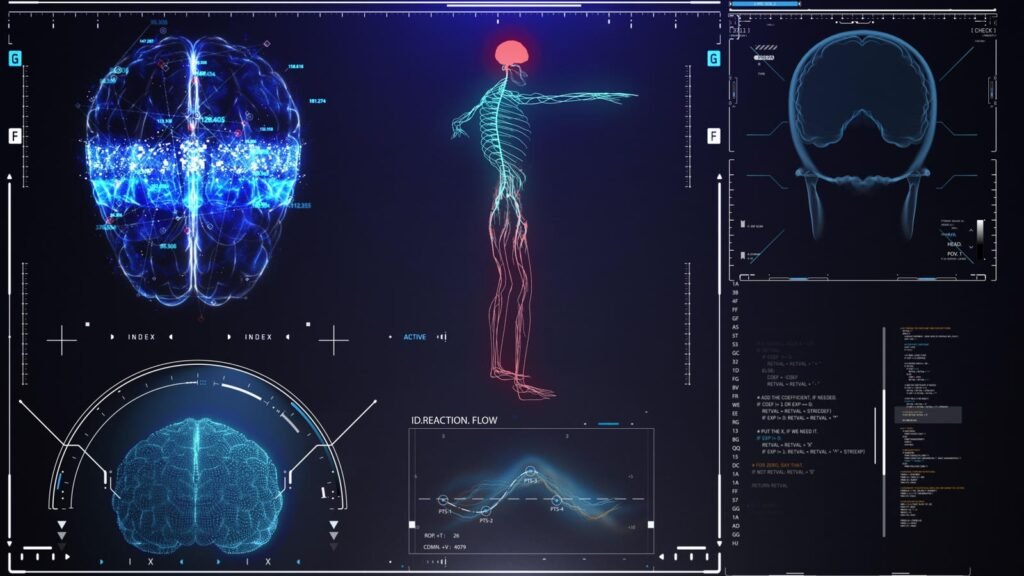The scope of artificial intelligence is expanding for clinical applications.
getty
Clinical AI technology company Aidoc and Amazon Web Services (AWS) announced a significant partnership earlier this year: a long-term investment by the cloud services giant to assist in the development and optimization of Aidoc’s CARE framework and corresponding foundation model.
CARE involves “a revolutionary clinical-grade foundation model” trained with “millions of exams and [utilizes] advanced multimodal capabilities” to establish “a new standard for accuracy and speed in developing clinical AI solutions.”
AWS’ investment is already yielding results. Recently, Aidoc announced that it has obtained FDA clearance for an AI solution powered by its foundation model, a significant advancement for the company’s work in clinical medicine. Specifically, the approval is for Aidoc’s Rib Fractures triage solution, built on the company’s CARE1 framework. Leveraging the company’s proprietary aiOS platform, the newly approved technology will enhance the analyses and insights derived from medical data to better guide radiology diagnostics and interventions in clinical settings.
Elad Walach, co-founder and CEO of Aidoc, emphasizes the vast potential of clinical AI to enhance patient care: “In the past year alone, we have made remarkable progress…but we are just scratching the surface.” Walach highlights the numerous advancements the company has made and its collaboration with AWS as key steps towards innovation and ultimately, improving patient outcomes.
Dan Sheeran, General Manager of Healthcare and Life Sciences at AWS, comments on the partnership with Aidoc, noting the importance of considering real-world environments in developing solutions for clinicians at the bedside.
Recently, there has been a noticeable shift towards clinical applications in the AI ecosystem. Companies like Google are investing heavily in developing models tailored for healthcare and clinical settings to address global shortages of physicians and access to modern diagnostic tools. Other companies are focusing on niche fields such as dermatology, pathology, and radiology to leverage AI for enhanced diagnostic capabilities.
The progress in this field is still in its early stages, and companies must remain patient to see the full value these applications can provide to patients. Continued developments are expected in the coming year.


